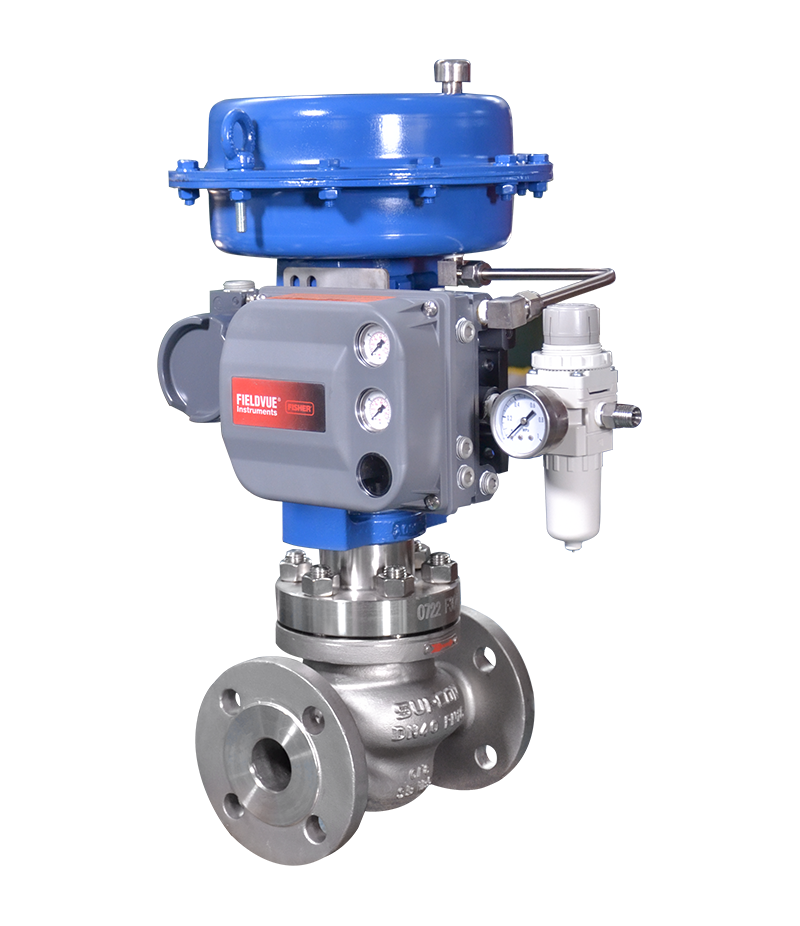Ingenious Control Valves: Enhancing Precision and Reliability
Ingenious Control Valves: Enhancing Precision and Reliability
Blog Article

Maximize Power Savings and Comfort With Advanced Building Automation Controls
In the realm of modern-day design and facility monitoring, the integration of innovative structure automation regulates stands as a crucial development. By utilizing the power of automation, buildings can adjust, react, and evolve in methods that were as soon as unimaginable.
Power Efficiency Perks
Energy performance benefits can substantially decrease energy intake and functional expenses in buildings. By carrying out energy-efficient techniques and modern technologies, building owners and drivers can accomplish substantial savings while additionally adding to ecological sustainability. Among the key benefits of improving power performance in structures is the reduction of energy bills. Energy-efficient systems, such as sophisticated building automation controls, can optimize using sources like home heating, illumination, and cooling, leading to lower power expenditures in time.
Additionally, boosted power effectiveness can prolong the lifespan of building equipment and systems. By operating extra effectively, a/c systems, lighting fixture, and other building components experience less deterioration, resulting in decreased upkeep and substitute prices. Additionally, energy-efficient buildings typically regulate higher building worths and rental rates, giving long-term monetary benefits to owners.
Furthermore, energy efficiency can improve resident comfort and productivity. Properly controlled indoor settings with optimal lighting and thermal problems produce an even more favorable and enjoyable office, bring about enhanced staff member contentment and efficiency. In general, the power effectiveness advantages associated with advanced structure automation controls are complex, incorporating cost savings, environmental stewardship, and resident health.
Boosted Convenience Control
Enhancing comfort control in structure atmospheres requires a sophisticated integration of innovative automation systems for optimal passenger health. By making use of advanced structure automation controls, facilities can tailor the indoor environment to fulfill the certain requirements and choices of passengers. control valves.
By including these innovative controls, structures can not just improve convenience however also improve power effectiveness by maximizing system operations based on real tenancy and usage patterns. Eventually, prioritizing resident convenience via sophisticated automation systems leads to a much more pleasurable and much healthier indoor atmosphere.
Functional Performance Improvements

Furthermore, the implementation of real-time monitoring and analytics devices makes it possible for structure operators to identify power ineffectiveness and functional abnormalities immediately. By continuously monitoring energy use patterns and system performance metrics, adjustments can be made in real-time to maximize energy usage and make certain peak operational efficiency. control valves. In addition, including need feedback methods into building automation controls can better enhance functional efficiency by dynamically changing power use based upon grid problems and rates signals
Indoor Environment Optimization
Efficient interior environment optimization is a basic aspect of structure automation controls, ensuring more info here passengers' comfort and health while web link optimizing energy financial savings. By utilizing advanced sensing units and controls, building automation systems can continuously change and monitor temperature level, moisture levels, air top quality, and air flow to produce an optimal interior atmosphere. Keeping constant and comfy conditions not just boosts occupant satisfaction however likewise enhances efficiency and total well-being.
Indoor environment optimization also plays a crucial duty in power performance. By fine-tuning heating, air conditioning, and air flow systems based on real-time data and occupancy patterns, constructing automation controls can significantly lower energy usage - control valves. Applying methods such as demand-controlled air flow and thermal zoning can assist minimize power waste while making certain that each area of the structure receives the required conditioning.

Sustainable Atmosphere Creation
Structure automation regulates not only optimize indoor environment problems for power efficiency and resident convenience but additionally lay the foundation for creating a sustainable atmosphere via calculated administration of sources and systems. By integrating advanced building automation modern technologies, such as sensing units, actuators, and smart software program, facilities can adjust and keep track of power use in real-time to decrease waste and decrease their carbon footprint. These systems enable anticipating maintenance, identifying possible problems prior to they escalate and optimizing tools efficiency to improve long life and effectiveness.
Moreover, sustainable setting creation expands past energy monitoring to incorporate water conservation, waste reduction, and interior air top quality enhancement. Building automation controls can control water usage, discover leaks, published here and make certain appropriate garbage disposal techniques, adding to overall sustainability efforts. Furthermore, by managing and monitoring air flow and purification systems, these innovations improve occupant health and wellness and performance while decreasing power consumption related to heating and cooling procedures.
Conclusion
Finally, progressed structure automation controls deal significant advantages in terms of energy savings, convenience control, functional efficiency, interior climate optimization, and developing a lasting environment. By executing these controls, structures can achieve optimal performance while decreasing power intake and improving passenger convenience. It appears that using sophisticated automation innovation is vital in boosting building efficiency and developing an extra lasting future.
Energy performance benefits can dramatically decrease power intake and operational costs in buildings. Generally, the energy performance benefits connected with advanced structure automation controls are multifaceted, including expense savings, environmental stewardship, and resident well-being.
Additionally, including demand action methods right into structure automation controls can further improve operational effectiveness by dynamically readjusting energy usage based on grid problems and pricing signals.
Building automation regulates not just enhance indoor environment problems for power performance and resident convenience but additionally lay the foundation for developing a lasting atmosphere via tactical management of systems and sources.In verdict, advanced structure automation controls offer significant benefits in terms of energy savings, comfort control, operational efficiency, interior environment optimization, and creating a lasting environment.
Report this page